Home>Furniture>Living Room Furniture>What Inspired The Creation Of The Chaise Lounge?
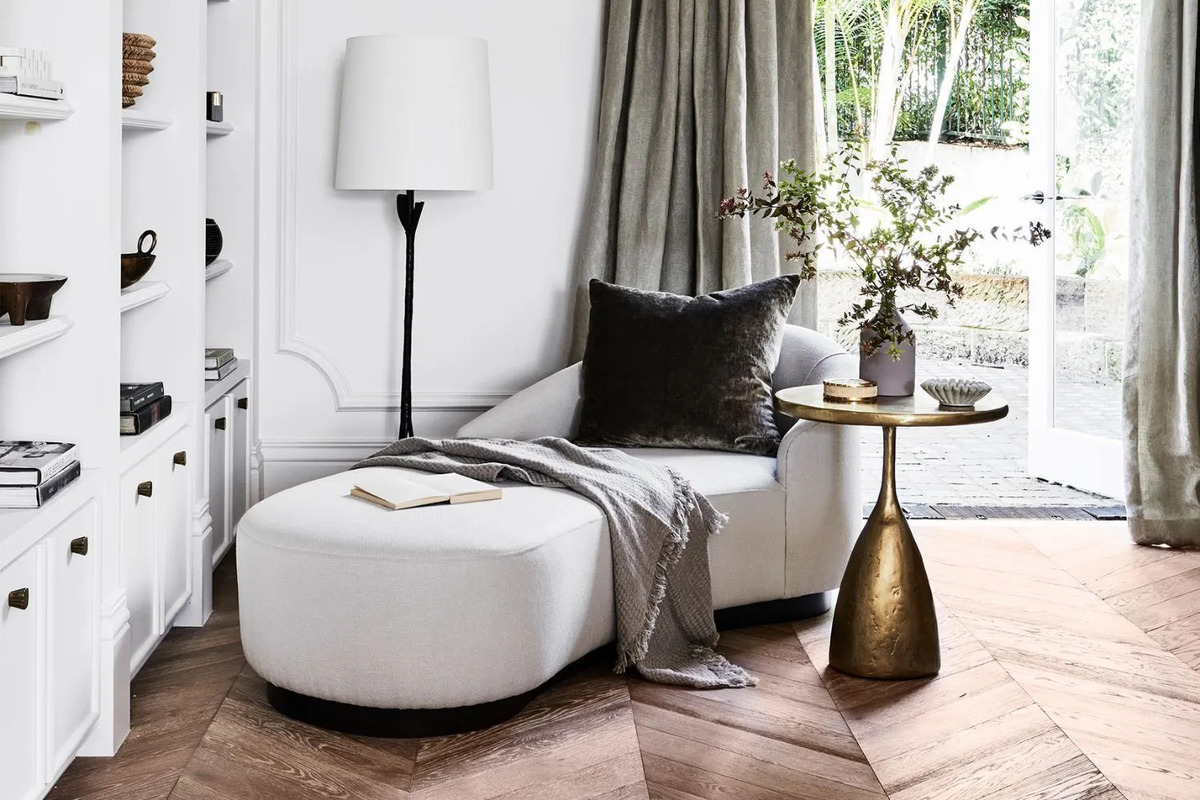

Living Room Furniture
What Inspired The Creation Of The Chaise Lounge?
Modified: October 20, 2024
Discover the fascinating history behind the creation of the popular living room furniture piece, the Chaise Lounge, and how it became an inspiring addition to modern homes.
(Many of the links in this article redirect to a specific reviewed product. Your purchase of these products through affiliate links helps to generate commission for Storables.com, at no extra cost. Learn more)
Introduction
The chaise lounge, often referred to as a “chaise longue,” is a type of furniture that has captivated people for centuries. Its combination of comfort, elegance, and versatility has made it a beloved piece in many households. But have you ever wondered what inspired the creation of this iconic piece of furniture? Let’s embark on a journey through time to explore the fascinating origins of the chaise lounge.
The history of the chaise lounge dates back thousands of years, with its roots stretching across different cultures and continents. From ancient civilizations to modern design, its evolution showcases the innovative thinking and artistic prowess of furniture designers throughout the ages.
So, what inspired the creation of the chaise lounge? To answer this question, we must delve into the ancient origins of this remarkable piece of furniture.
Stay tuned as we uncover the influences from Eastern cultures, discover how classical Greek and Roman furniture played a role in its creation, explore the renaissance and rococo influences, trace its evolution in the 19th century, and examine its place in modern design.
By the end of our journey, you will have a deeper appreciation for the chaise lounge and the rich history behind its creation. So, get comfortable and let’s begin our exploration of the fascinating world of the chaise lounge.
Key Takeaways:
- The chaise lounge has a rich history, originating from ancient Egypt and China, and evolving through influences from Greek, Roman, Renaissance, and Rococo cultures, making it a timeless symbol of luxury and relaxation.
- In modern design, the chaise lounge continues to adapt, offering versatile styles, ergonomic features, and even outdoor options, ensuring its enduring appeal as a comfortable and stylish piece of furniture.
Read more: What Is A Chaise Lounge?
Ancient Origins of the Chaise Lounge
The origins of the chaise lounge can be traced back to ancient civilizations, where the concept of reclining for relaxation and repose first emerged. Eastern cultures, such as Ancient Egypt and Ancient China, played a significant role in shaping the early designs of this piece of furniture.
In Ancient Egypt, the chaise lounge, known as a “daybed,” was a symbol of luxury and status. These furnishings were often found in the homes of the elite, pharaohs, and nobility. Egyptian daybeds were constructed using luxurious materials such as wood, gold inlays, and adorned with intricate carvings.
Similarly, in Ancient China, the concept of reclining for leisure was prevalent. The Chinese “kang,” a raised platform with a cushioned surface, served as a multi-purpose area for eating, sleeping, and socializing. The kang’s design was influential in the development of the chaise lounge, as it provided a comfortable and elevated space for relaxation.
The influence of Eastern cultures eventually spread to the Western world, particularly through the Hellenistic period and the Roman Empire. The concept of reclining for leisure became popular among the aristocracy, leading to the development of elaborate and ornate designs.
One of the earliest examples of the chaise lounge in the Western world can be found in Ancient Greece. The kline, a Greek couch, featured a reclining backrest and was commonly adorned with cushions and draped fabrics. This design laid the foundation for the Western understanding of relaxation and comfort in furniture.
The Romans further refined the concept of the chaise lounge, which they referred to as “lectus.” Roman lectus were often made of wood or bronze and were commonly found in dining rooms, where guests would recline and dine in a luxurious manner. The Roman practice of reclining while eating and socializing heavily influenced the design and functionality of the chaise lounge.
From the ancient civilizations of Egypt and China to the Hellenistic Greeks and the Romans, the chaise lounge underwent significant development. Its design evolved to prioritize comfort, elegance, and relaxation, setting the stage for the chaise lounge we know today.
Next, we’ll dive deeper into the influences from Eastern cultures and explore how they continued to shape the evolution of the chaise lounge.
Influences from Eastern Cultures
The chaise lounge owes much to the influences of Eastern cultures, which played a significant role in shaping its design and functionality. The concepts of relaxation, reclining, and elevated platforms from ancient civilizations such as Egypt and China greatly influenced the development of the chaise lounge.
In ancient Egypt, the chaise lounge, known as a “daybed,” held a prominent place in the homes of the elite. Inspired by the opulence of Egyptian pharaohs and nobility, these daybeds were constructed using quality materials and adorned with intricate carvings. The Egyptians valued comfort and luxury, evident in the use of cushions and the incorporation of ornate designs. These elements became ingrained in the DNA of the chaise lounge.
Similarly, in ancient China, the practice of reclining for relaxation and leisure was prevalent. The “kang,” a raised platform with a cushioned surface, influenced the development of the chaise lounge. The kang provided a comfortable and elevated space for various activities, including eating, sleeping, and socializing. The Chinese focus on comfort and the idea of an elevated platform influenced the design of the chaise lounge, as it sought to provide a similar sense of relaxation and repose.
The influence of Eastern cultures continued through the Hellenistic period and the Roman Empire. The Greek kline, a couch with a reclining backrest, laid the foundation for the Western understanding of comfort and relaxation in furniture. The Romans, in turn, built upon these concepts, refining the design of the chaise lounge which they referred to as “lectus.”
With the expansion of trade and cultural exchange, the chaise lounge gradually made its way to Western Europe. The Ottoman Empire, in particular, played a significant role in introducing the chaise lounge to the West. The ottoman, a low-lying upholstered seat, became popular in Europe during the 18th century and its influence can be seen in the design of the chaise lounge.
The fusion of Eastern and Western influences resulted in the unique design characteristics of the chaise lounge. Its elongated silhouette, curved backrest, and cushioning came together to create a piece of furniture that combined comfort, elegance, and relaxation in a harmonious manner.
As we explore the influences from classical Greek and Roman furniture in the next section, you’ll see how these ancient cultures further contributed to the development of the chaise lounge.
The Influence of Classical Greek and Roman Furniture
In addition to the influences from Eastern cultures, classical Greek and Roman furniture played a pivotal role in shaping the design and functionality of the chaise lounge. The concepts of reclining, comfort, and socialization that were prevalent in ancient Greece and Rome heavily influenced the development of this iconic piece of furniture.
Ancient Greece, known for its contributions to philosophy, art, and architecture, introduced the concept of reclining for leisure and relaxation. The Greek kline, a low, elongated couch with a reclining backrest, laid the foundation for the Western understanding of comfort and repose in furniture. It became a popular choice for social gatherings, where guests would recline while enjoying meals, music, and conversation.
The Greek kline provided the inspiration for the chaise lounge, with designers incorporating elements such as the elongated form and the reclining backrest. The emphasis on comfort, elegance, and socialization laid the groundwork for the evolution of the chaise lounge into a piece that not only served functional purposes but also became a symbol of sophistication and leisure.
The influence of ancient Rome further refined the design and functionality of the chaise lounge. In Rome, the seating and dining practices involved reclining on couches, a practice that encapsulated social status and luxury. This elevated form of relaxation and dining influenced the Roman lectus, which served as a precursor to the chaise lounge.
Roman lectus, similar to the Greek kline, featured a reclining backrest and were often made of wood or bronze. They were commonly found in dining rooms, where guests would recline while enjoying lavish feasts and engaging in lively conversations. The Roman lectus incorporated cushions and draped fabrics to enhance comfort, creating an ideal space for relaxation and social interaction.
The influence of Roman furniture on the chaise lounge is evident in its design elements, such as the curved backrest and the inclusion of cushions for added comfort. The concept of reclining while indulging in leisure activities found its way into the design philosophy of the chaise lounge, making it an ideal piece for lounging, reading, or simply unwinding after a long day.
By combining the principles of comfort, elegance, and socialization from ancient Greek and Roman furniture, the chaise lounge evolved into a piece that not only provided physical relaxation but also served as a statement of style and sophistication. Its influence continues to be seen in modern design, as designers strive to create furniture that combines aesthetic appeal with functionality and comfort.
Next, let’s explore the renaissance and rococo influences that added further layers of artistic flair to the chaise lounge.
The chaise lounge was inspired by the ancient Roman “lectus” and “cathedra” chairs, which were used for reclining and relaxation. Its design has evolved over time to become a popular piece of furniture for lounging and relaxation.
Renaissance and Rococo Influences
The Renaissance and Rococo periods were instrumental in shaping the design and intricacy of the chaise lounge. These eras brought about a renewed interest in art, luxury, and elegance, which had a profound impact on the development of furniture, including the chaise lounge.
The Renaissance, a period of cultural and artistic rebirth, saw a revival of classical aesthetics and a renewed focus on craftsmanship. Influenced by the ancient Greek and Roman cultures, furniture designers during this time sought to incorporate elements of classical design into their creations.
The Renaissance introduced a more ornate and decorative style to the chaise lounge. Elaborate wood carvings, gilded accents, and intricate details were incorporated, reflecting the desire for luxury and opulence. The chaise lounge became a symbol of social status and refinement, with nobility and aristocracy seeking to showcase their wealth through the intricately adorned pieces in their homes.
The Rococo period, which followed the Renaissance, further contributed to the evolution of the chaise lounge. Rococo design was characterized by its fluid lines, delicate curves, and ornamental flourishes. Furniture during this period became even more whimsical and lavish, embracing the concepts of indulgence and extravagance.
The chaise lounge in the Rococo era was often adorned with lavish fabrics, such as silk and velvet, and featured intricately carved frames embellished with gold or silver leaf. The emphasis was on creating a sense of luxury and elegance, with attention to the finest details. The chaise lounge became a centerpiece in opulent salons and drawing rooms, providing a luxurious and comfortable space for relaxation and socializing.
During the Renaissance and Rococo periods, the chaise lounge evolved from a simple piece of furniture into a work of art. Its design became increasingly elaborate and detailed, showcasing the craftsmanship and skill of the furniture makers. The emphasis on aesthetics, comfort, and luxury during these periods laid the foundation for the chaise lounge as a statement piece in interior design.
As we move into the 19th century, we’ll explore how the chaise lounge continued to evolve, adapting to changing tastes and design movements.
Read more: How To Reupholster A Chaise Lounge
The Evolution of the Chaise Lounge in the 19th Century
The 19th century marked a period of significant evolution for the chaise lounge. As societal changes and design movements emerged, the chaise lounge adapted to meet new desires and demands. During this time, the chaise lounge transformed from a symbol of opulence to a versatile and functional piece of furniture.
The growth of industrialization and urbanization brought about a shift in lifestyle and a desire for more practical and adaptable furnishings. This led to the emergence of new design styles, such as the Victorian era, which sought to balance functionality with ornate aesthetics.
In the early 19th century, the Victorian chaise lounge became popular, characterized by its curvilinear form and elaborate craftsmanship. These chaise lounges often featured tufted upholstery, decorative carvings, and intricate detailing. The Victorian preference for rich fabrics, such as brocade and velvet, added a touch of luxury to these pieces.
However, as the century progressed, design movements such as Art Nouveau and Arts and Crafts emerged, bringing a shift towards simpler and more natural forms. The focus shifted from opulence to craftsmanship and the celebration of the beauty of natural materials.
Art Nouveau influenced the chaise lounge with its organic and flowing lines, which were meant to emulate the forms found in nature. Designers incorporated gentle curves and graceful shapes, often using bentwood or curved iron to create a more fluid and artistic aesthetic.
The Arts and Crafts movement, on the other hand, emphasized simplicity, craftsmanship, and functionality. Chaise lounges during this period featured clean lines, solid wood construction, and a focus on the natural grain and beauty of the material. The emphasis was on the artisanal quality and the quality of the craftsmanship.
The 19th century also saw the rise of the reclining chair, which influenced the evolution of the chaise lounge. The concept of adjustable backrests or reclining mechanisms became more common, allowing for greater customization and comfort.
By the end of the 19th century, the chaise lounge had transformed from a decadent and ornate piece of furniture to a more versatile and functional piece that could adapt to changing needs and design preferences. It remained a symbol of elegance and relaxation, while also offering comfort and adaptability.
As we explore the chaise lounge in modern design next, we will see how it continues to evolve and adapt to the ever-changing trends and demands of the 20th and 21st centuries.
The Chaise Lounge in Modern Design
In modern design, the chaise lounge continues to be a timeless and versatile piece of furniture that combines style, functionality, and comfort. Designers in the 20th and 21st centuries have reimagined the chaise lounge to suit contemporary tastes and lifestyles.
With the advent of modernism in the early 20th century, the chaise lounge underwent a shift towards minimalist and streamlined designs. Influenced by the Bauhaus and Mid-Century Modern movements, designers focused on clean lines, simplicity, and functionality.
The modern chaise lounge often features sleek and geometric shapes, with an emphasis on functionality and ergonomic design. Materials such as leather, metal, and molded plywood became popular choices, reflecting the desire for a more contemporary and industrial aesthetic.
As the understanding of ergonomics and comfort improved, designers began incorporating adjustable features into chaise lounges. Reclining mechanisms, adjustable headrests, and built-in storage compartments became common, catering to the need for customizable comfort and practicality.
In recent years, there has been a resurgence of interest in retro and vintage design, leading to the reintroduction of classic and iconic chaise lounge designs. Replicas of famous mid-century designs, such as those by Charles and Ray Eames or Le Corbusier, are sought after for their timeless appeal and design pedigree.
Contemporary chaise lounge designs also embrace innovation and technology. Integrated USB charging ports, built-in speakers, and wireless charging capabilities are some of the features that cater to the modern lifestyle, where convenience and connectivity are highly valued.
Another trend in modern chaise lounge design is sustainability and eco-consciousness. Designers now focus on using sustainable materials and incorporating eco-friendly manufacturing practices, responding to the growing demand for environmentally friendly options.
The chaise lounge has also found its place in outdoor spaces, with weather-resistant materials and designs specifically created for outdoor relaxation. Whether by the poolside or on a terrace, outdoor chaise lounges offer a luxurious and comfortable retreat while enjoying the beauty of nature.
In terms of aesthetics, contemporary chaise lounges come in a wide range of styles to suit various interior design themes. From minimalist and Scandinavian designs to bold and eclectic options, there is a chaise lounge to match any décor and personal taste.
As design movements and trends continue to evolve, the chaise lounge remains a staple in modern interior design. Its enduring allure lies in its ability to merge style, functionality, and comfort, making it a desirable and versatile piece of furniture.
Before we conclude our exploration of the chaise lounge, let’s reflect on its rich history and its enduring appeal in the world of furniture design.
Conclusion
The chaise lounge, with its rich history and timeless appeal, has captivated people for centuries. From its ancient origins in Egypt and China to the influence of classical Greek and Roman furniture, the chaise lounge has evolved and adapted to different cultures, design movements, and changing lifestyles.
Inspired by the concepts of comfort, relaxation, and elegance, the chaise lounge has become a symbol of luxury and sophistication. Its elongated form, curved backrest, and cushioned surface provide the perfect space for lounging, reading, or simply unwinding after a long day.
The influences of Eastern cultures, such as Egypt and China, laid the foundation for reclining furniture, while the contributions of ancient Greece and Rome refined its design and functionality. The chaise lounge became an embodiment of social status, opulence, and leisure.
The Renaissance and Rococo periods added layers of artistry and ornamentation to the chaise lounge, creating elaborate and ornate designs that showcased the craftsmanship and attention to detail. As time progressed, the chaise lounge adapted to changing tastes, embracing simplicity, functionality, and the natural beauty of materials.
In the modern era, the chaise lounge continues to evolve, with designers incorporating minimalist aesthetics, ergonomic features, and innovative technologies. Whether in contemporary or retro-inspired designs, the chaise lounge remains a versatile piece of furniture that complements various interior styles and offers comfort and relaxation.
From luxurious indoor settings to outdoor spaces, the chaise lounge provides a luxurious and comfortable retreat. Its ability to combine style, functionality, and comfort makes it a sought-after piece in interior design and a cherished addition to any living space.
The chaise lounge stands as a testament to the enduring power of furniture design, showcasing the ingenuity and creativity of designers throughout history. Its journey from ancient origins to modern design reflects the ever-changing desires and lifestyles of humanity.
So, whether you’re lounging in an ancient Egyptian-inspired daybed, reclining on a Greek kline, or enjoying the sleek lines of a modern chaise lounge, take a moment to appreciate the rich history and craftsmanship that went into creating this iconic piece of furniture.
With its combination of comfort, elegance, and versatility, the chaise lounge remains a beloved and timeless addition to living spaces, ensuring that the allure of this remarkable piece of furniture will continue for generations to come.
Frequently Asked Questions about What Inspired The Creation Of The Chaise Lounge?
Was this page helpful?
At Storables.com, we guarantee accurate and reliable information. Our content, validated by Expert Board Contributors, is crafted following stringent Editorial Policies. We're committed to providing you with well-researched, expert-backed insights for all your informational needs.
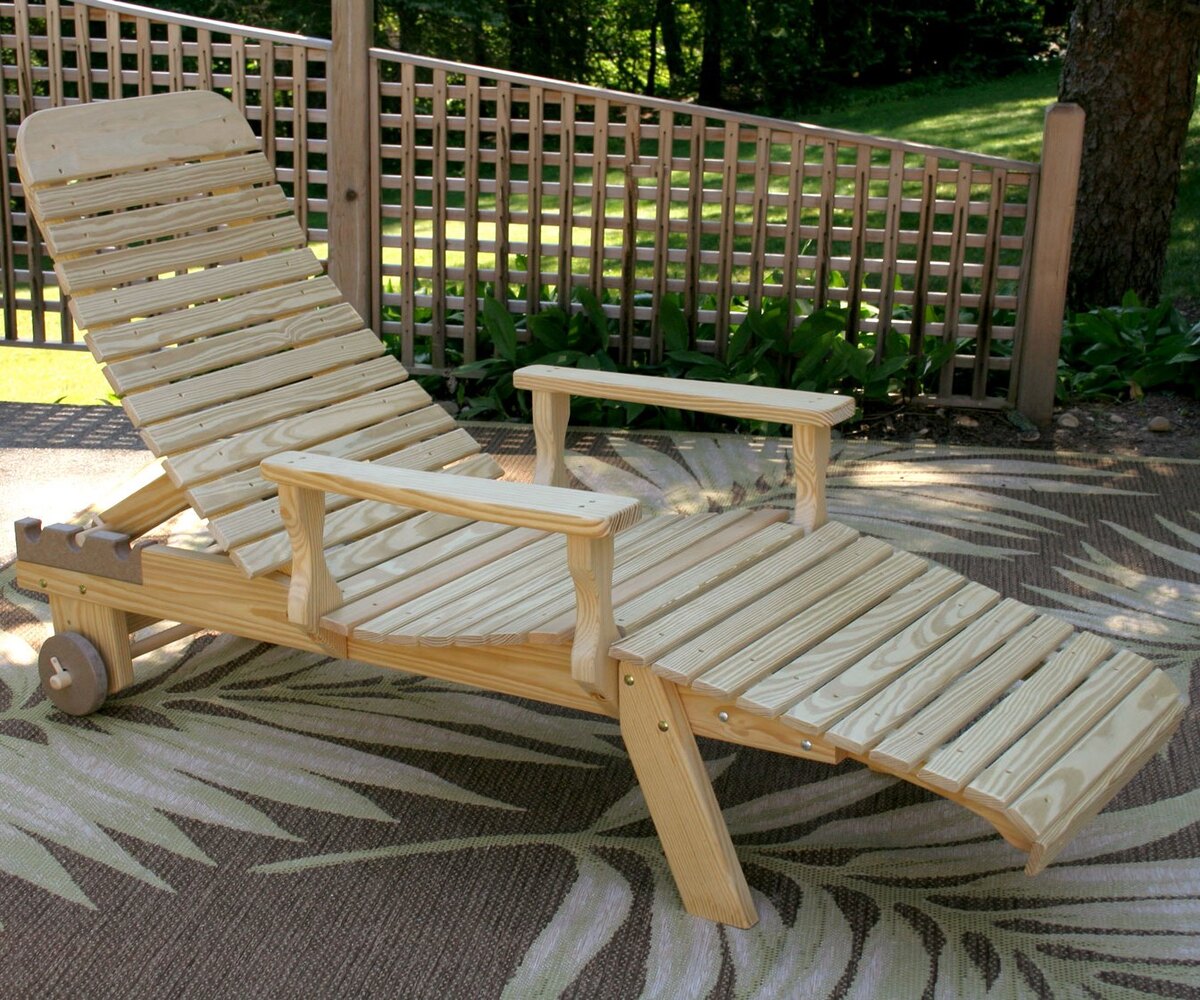
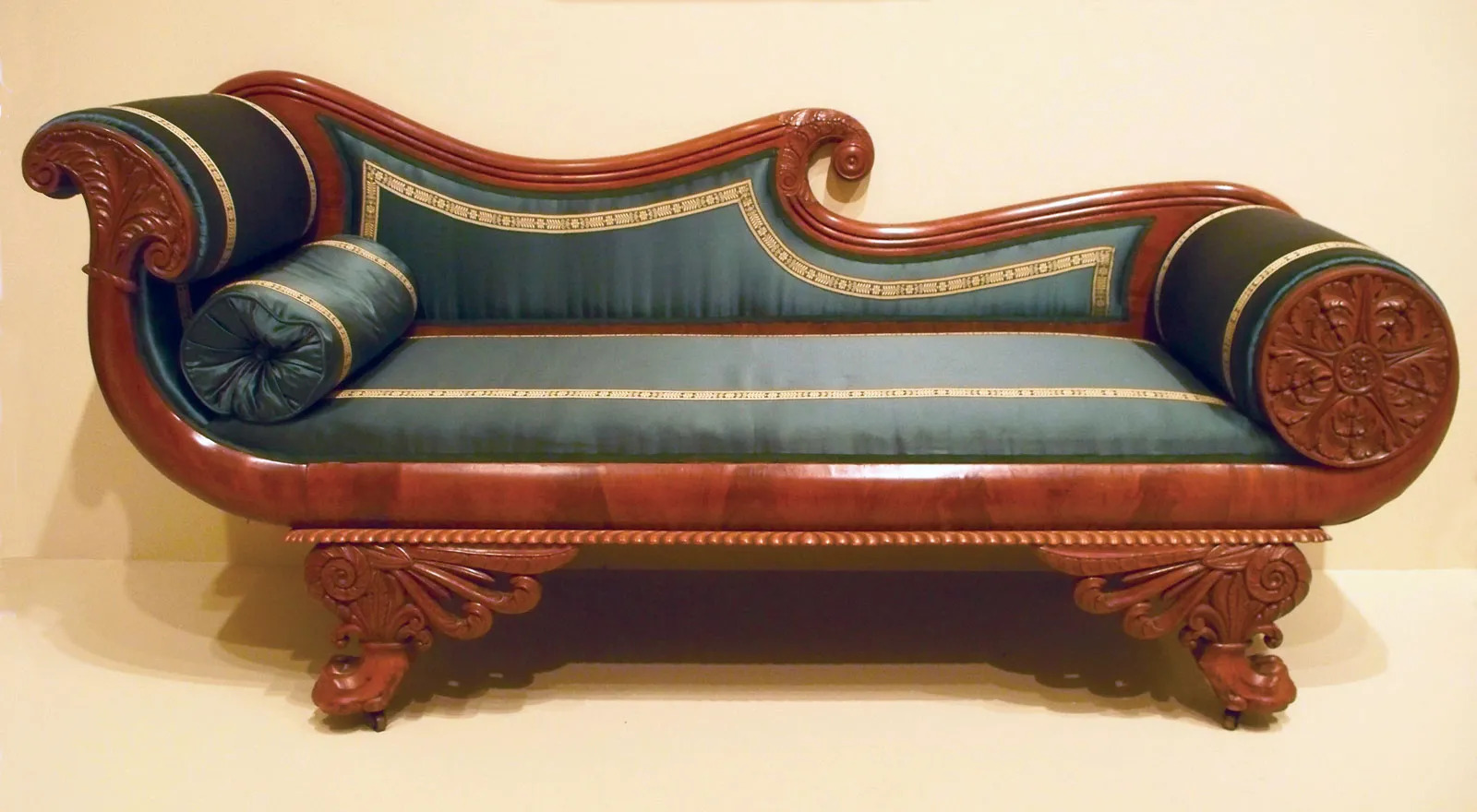
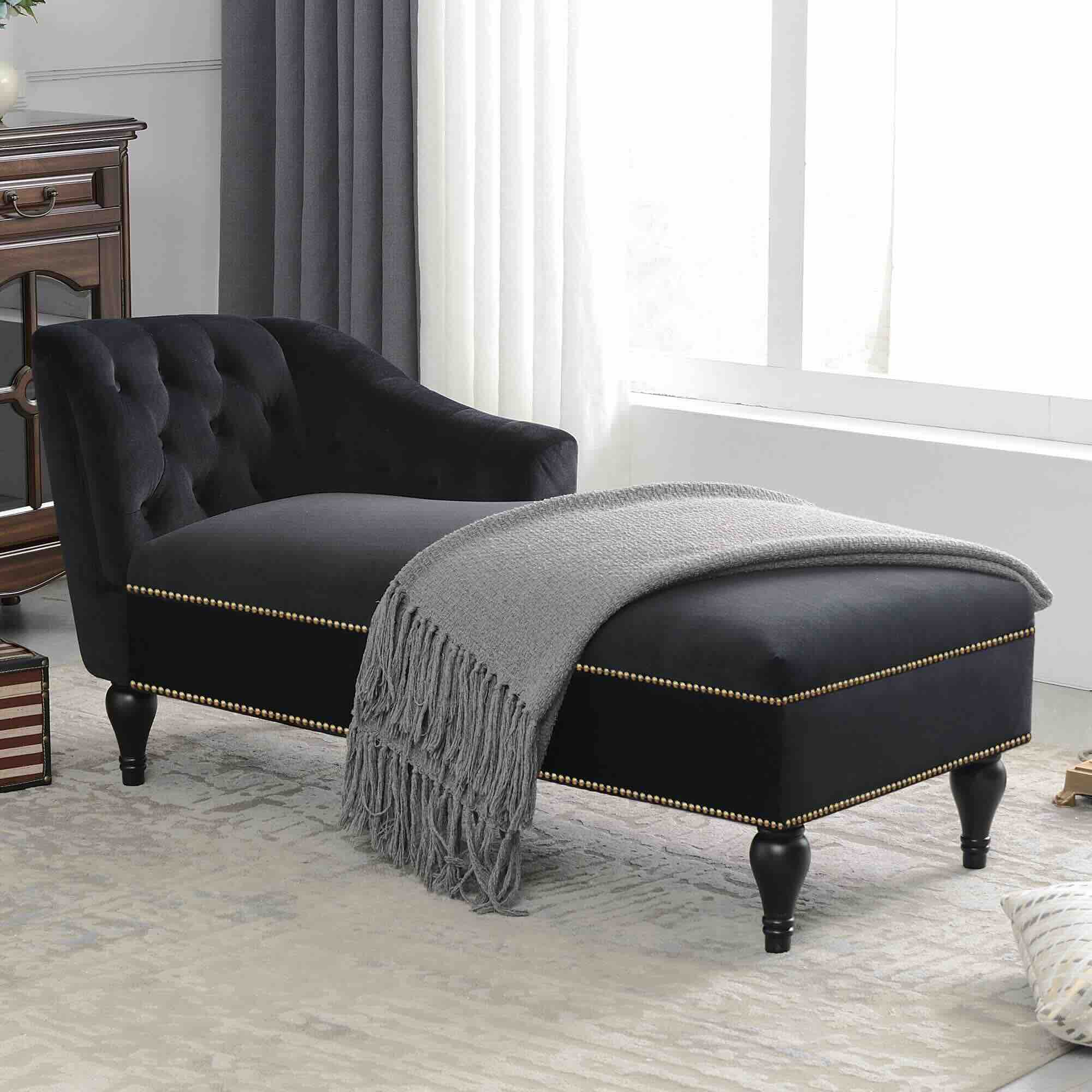
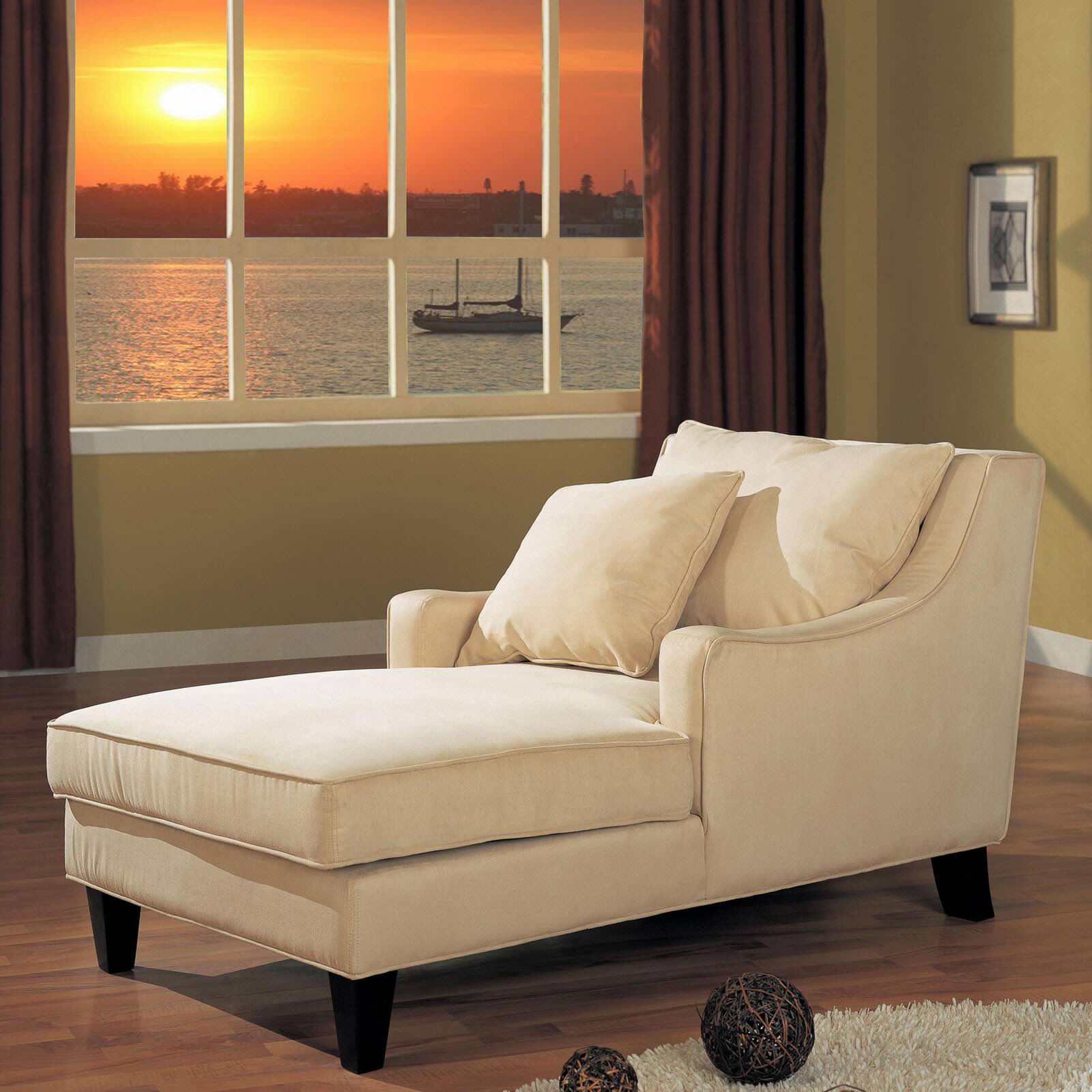
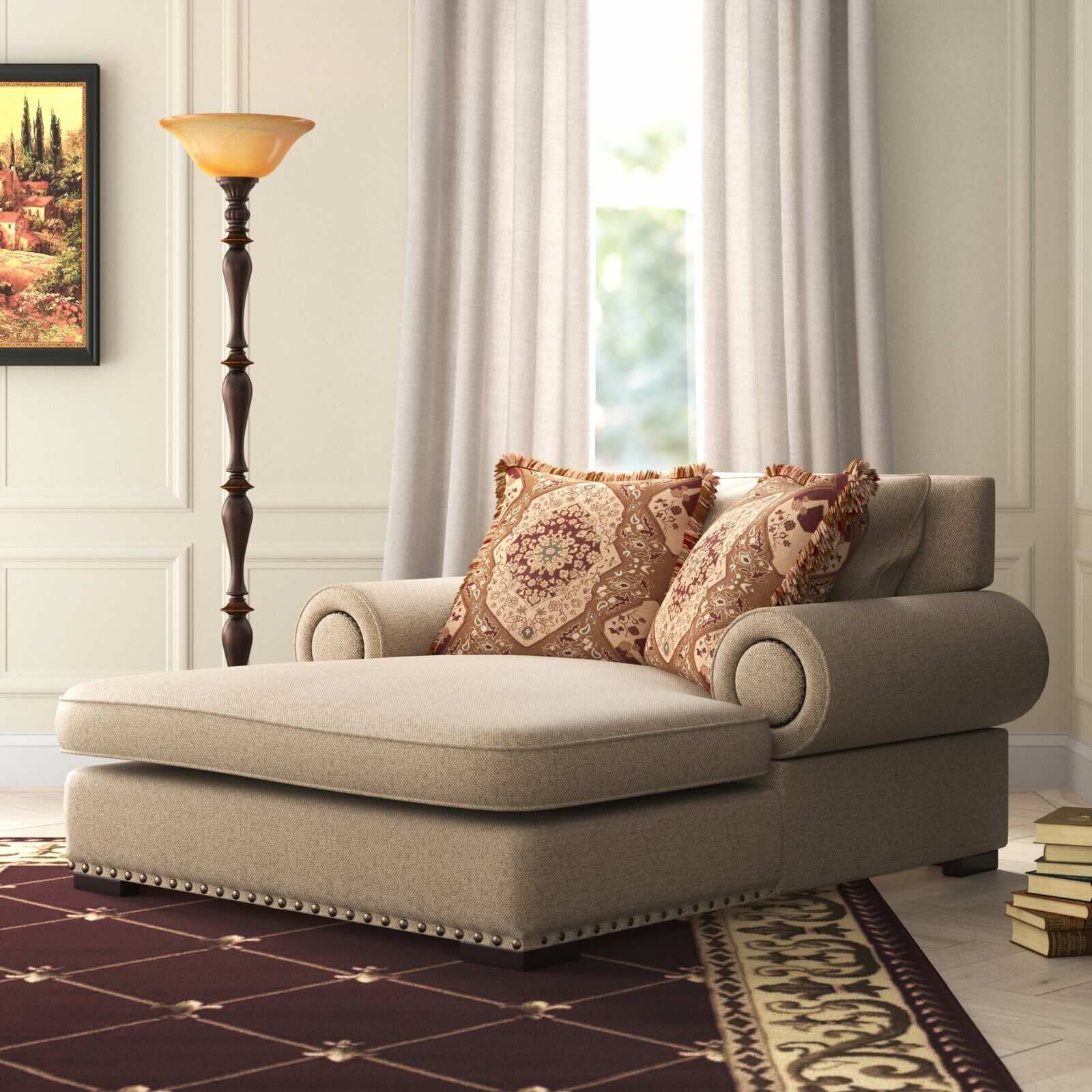
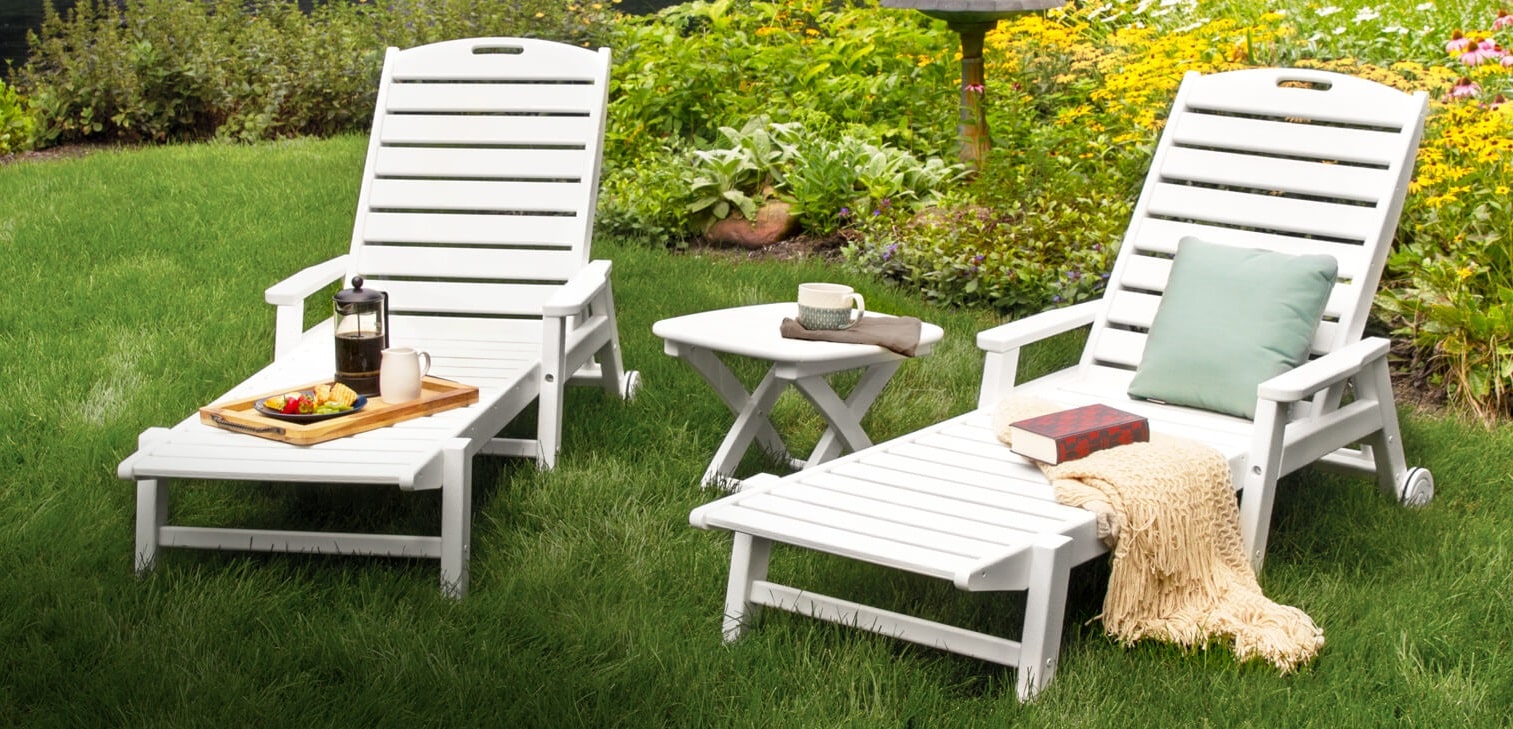

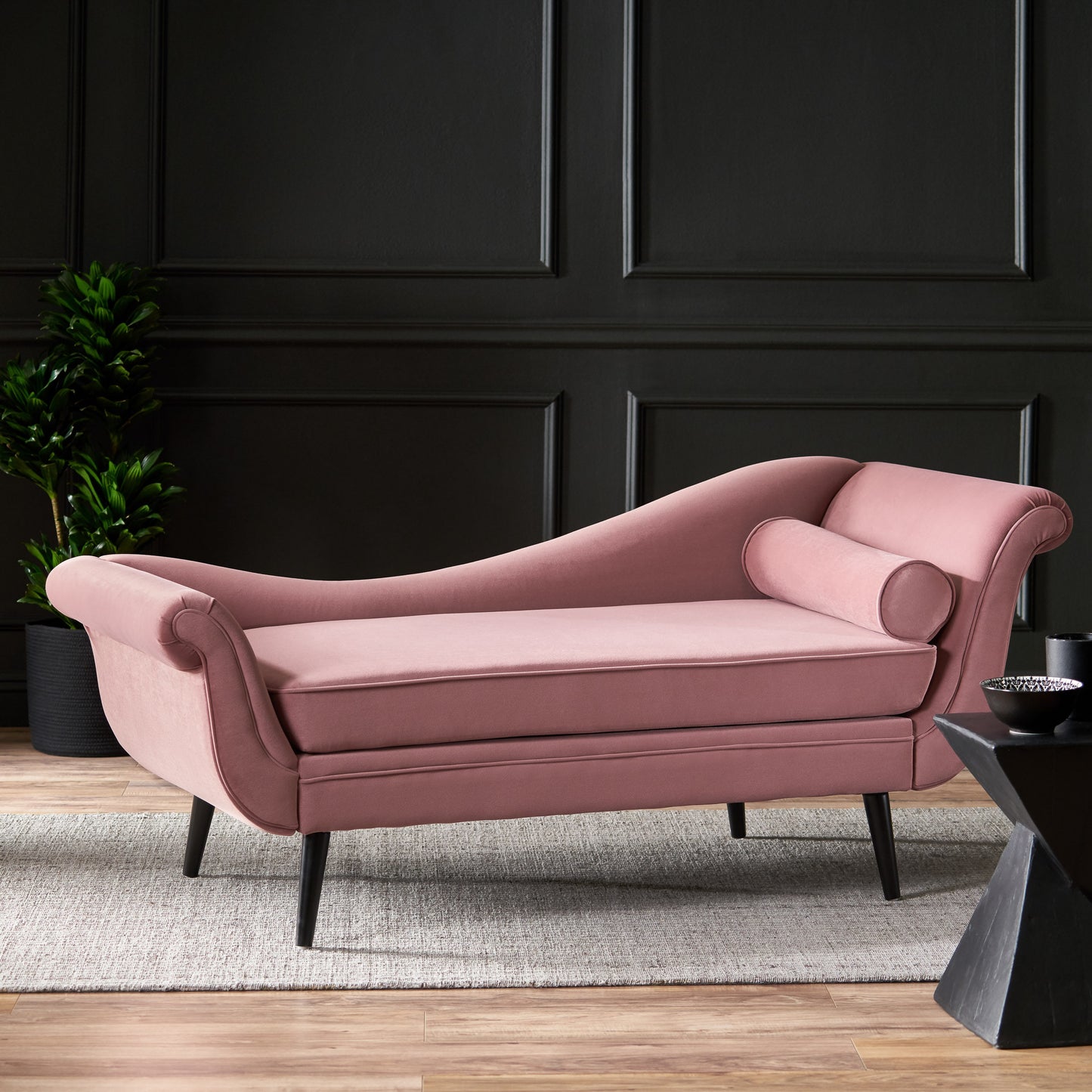
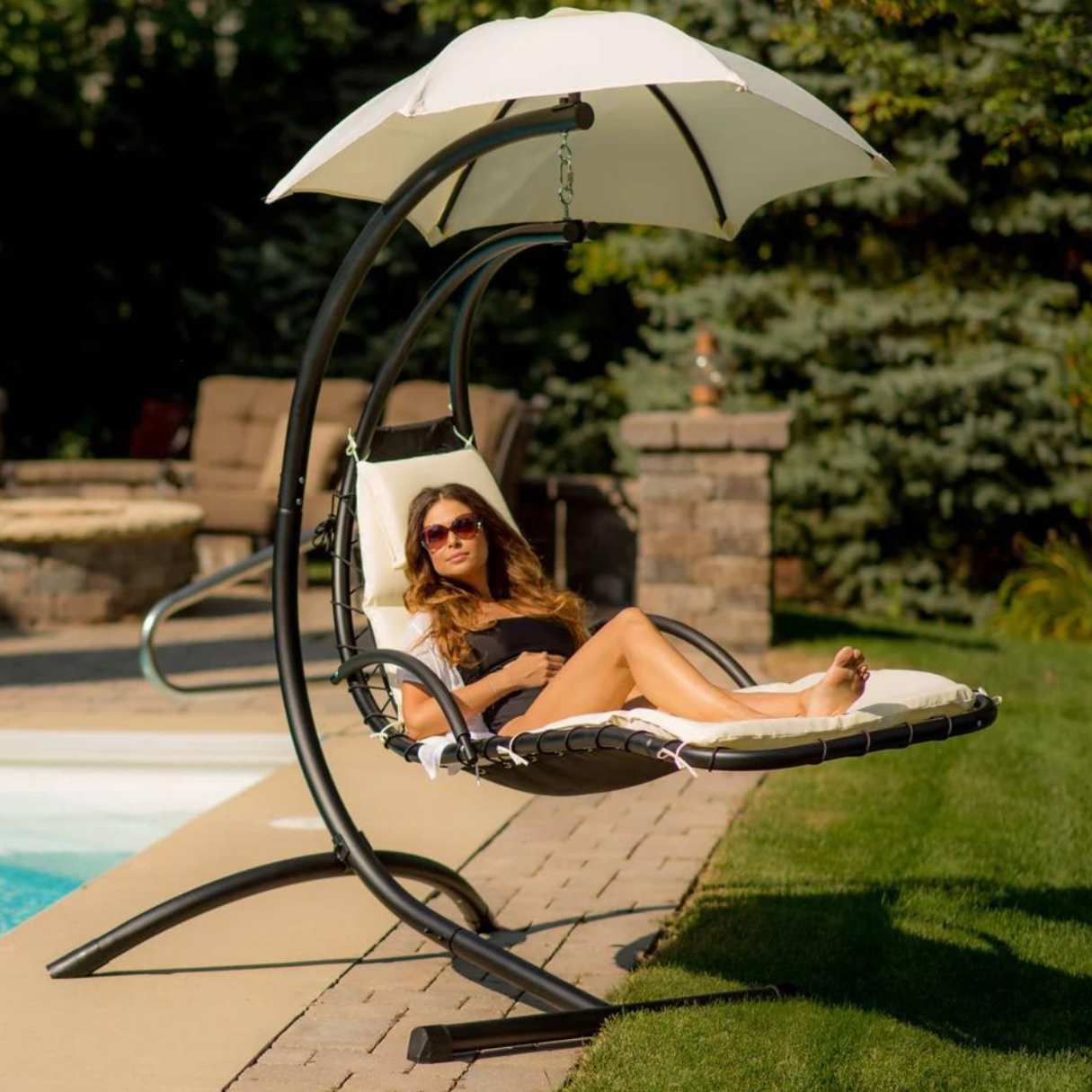
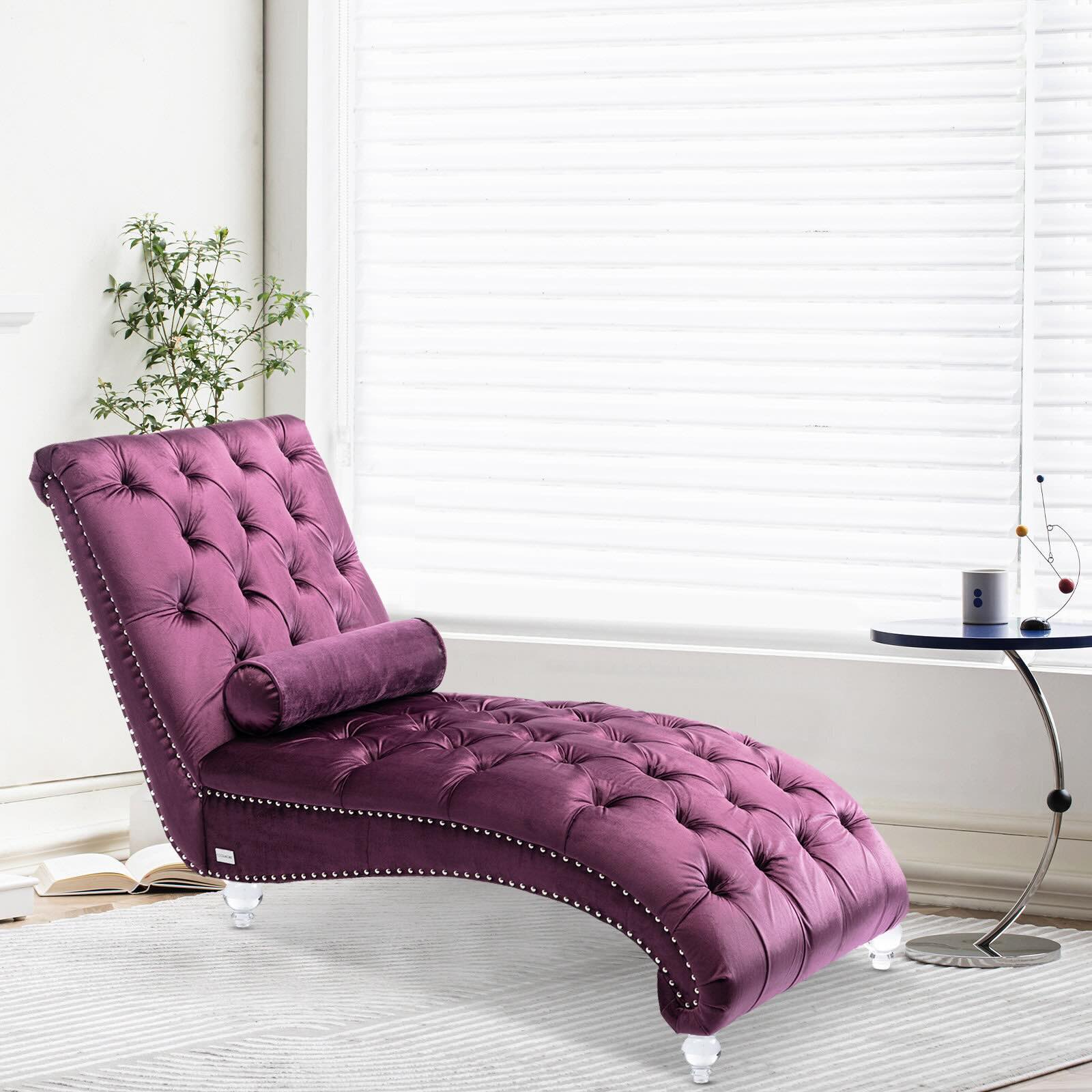
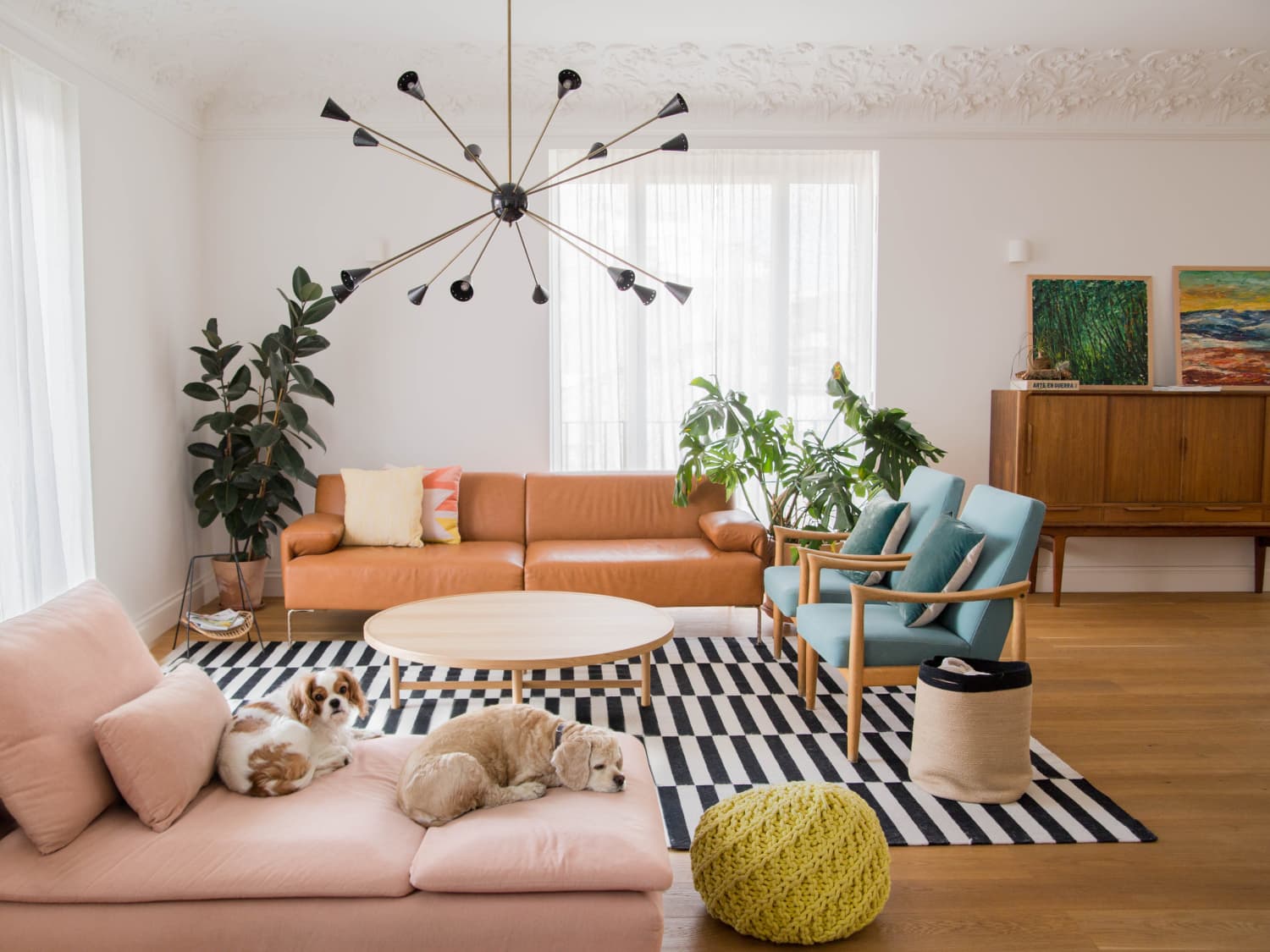
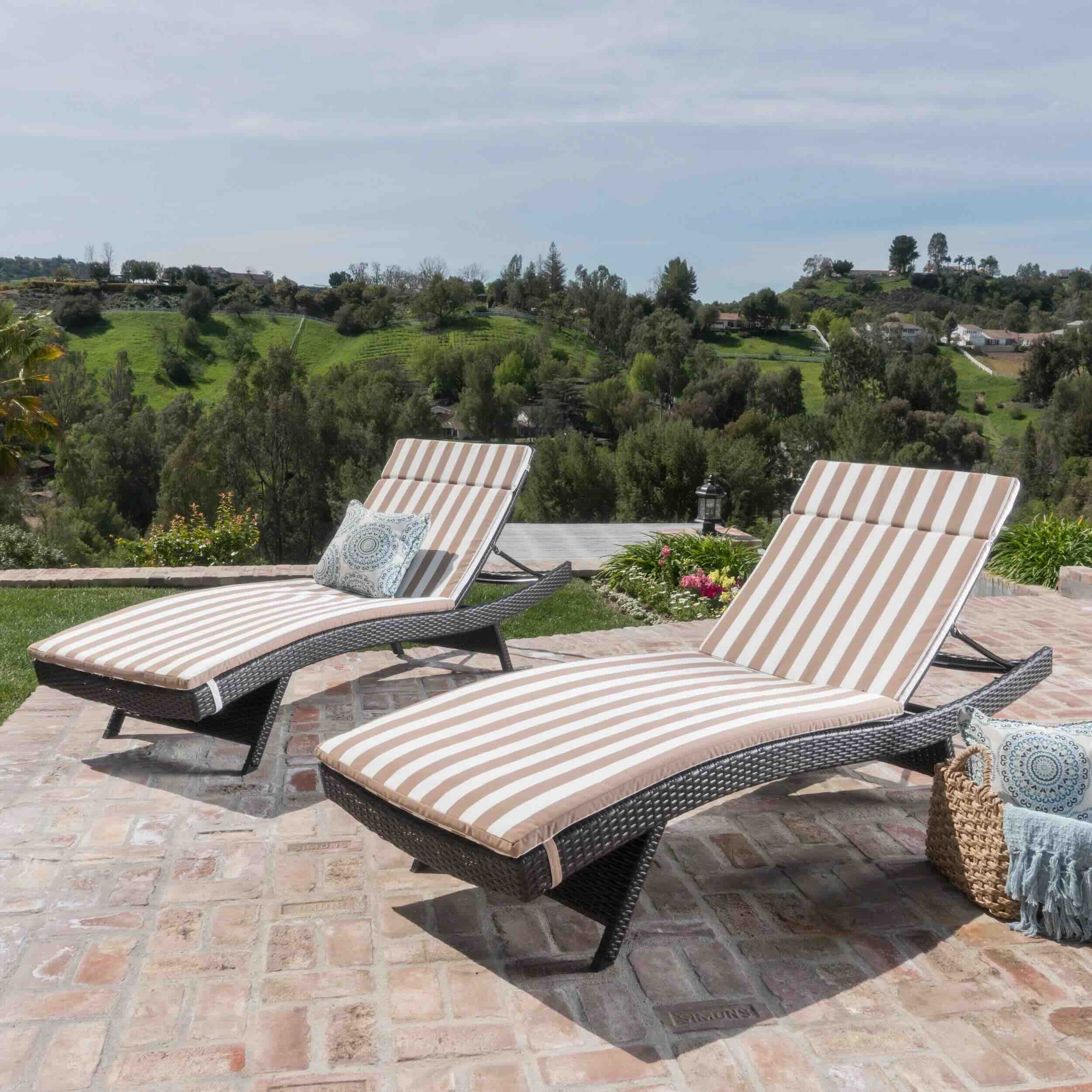
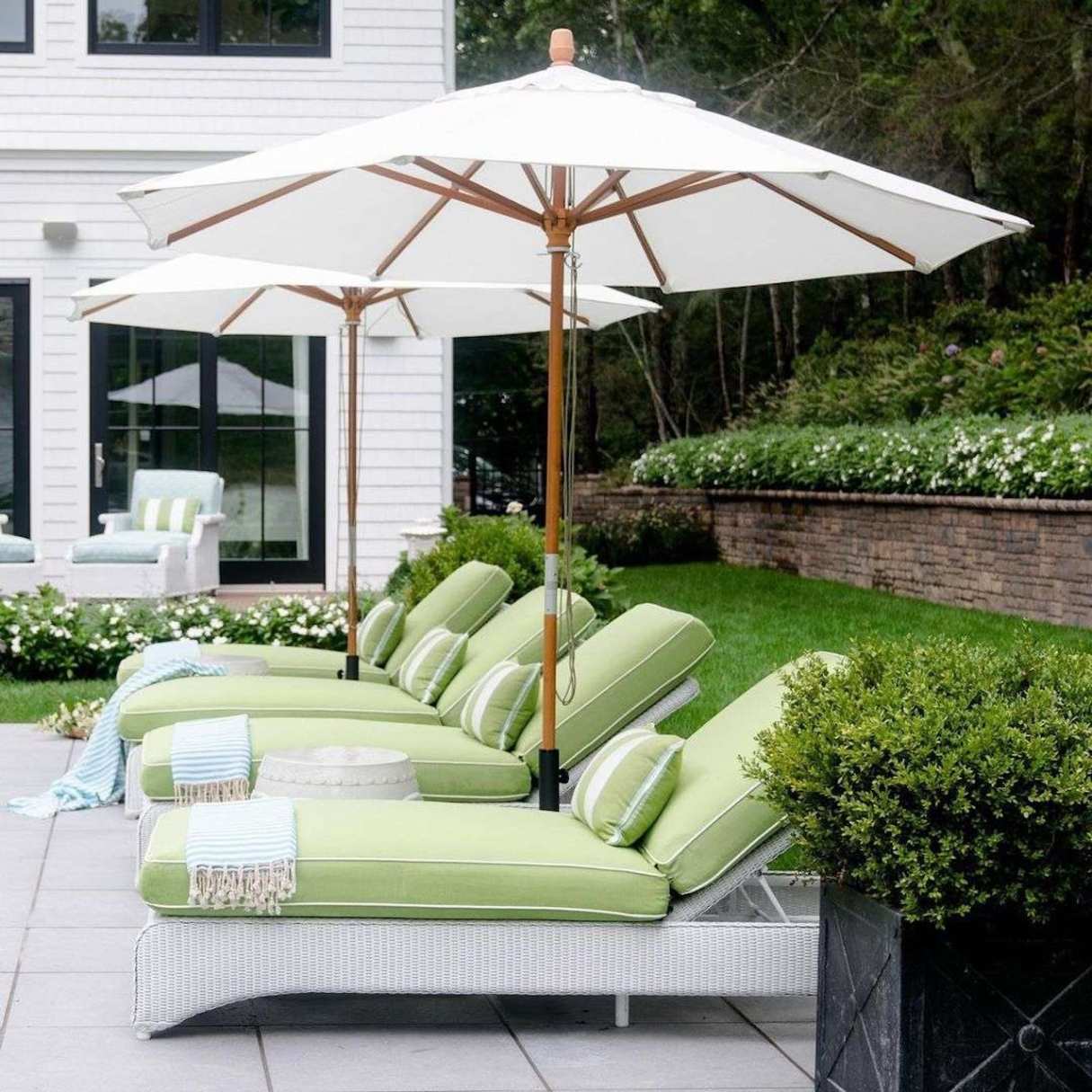
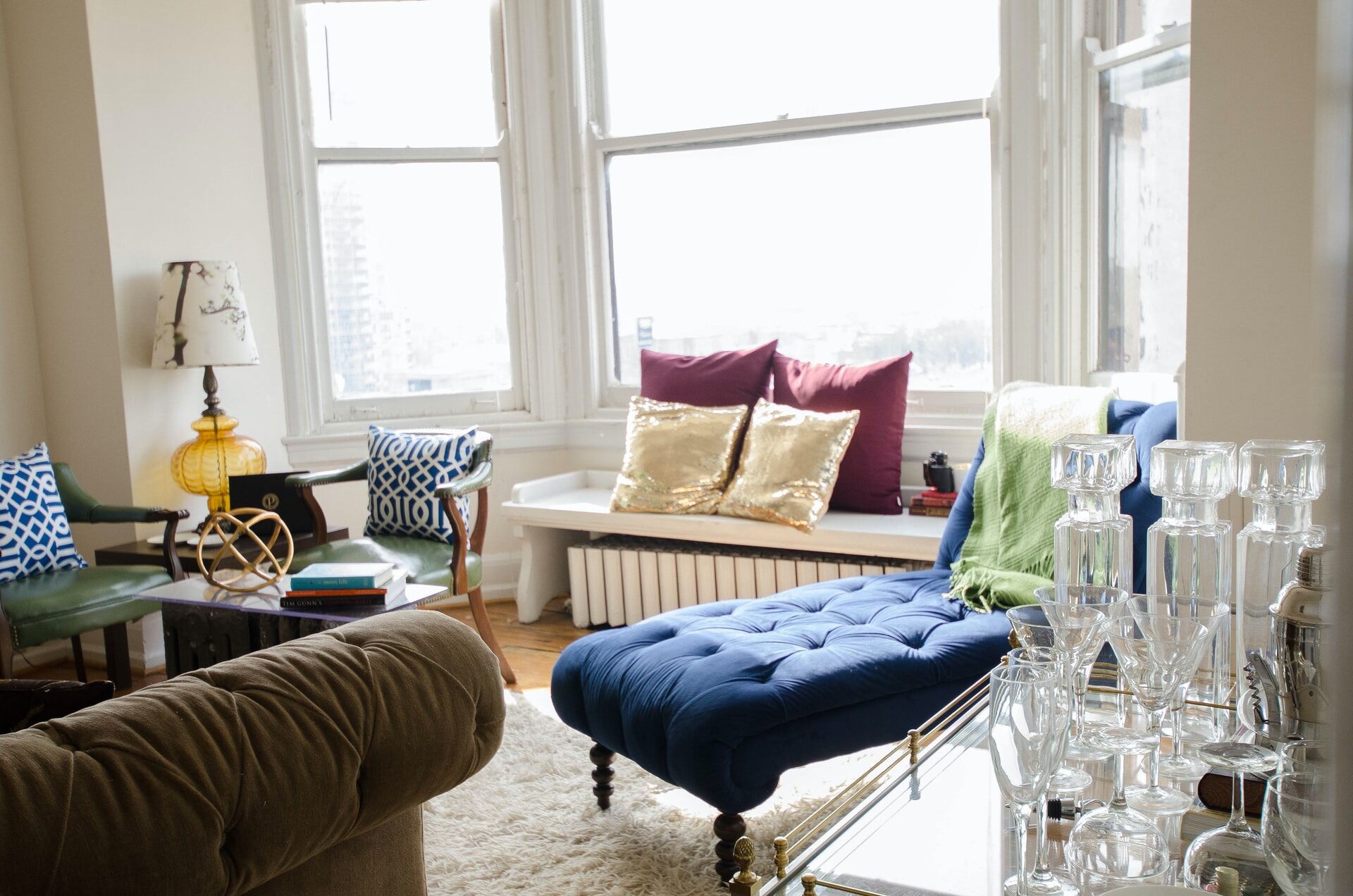

0 thoughts on “What Inspired The Creation Of The Chaise Lounge?”